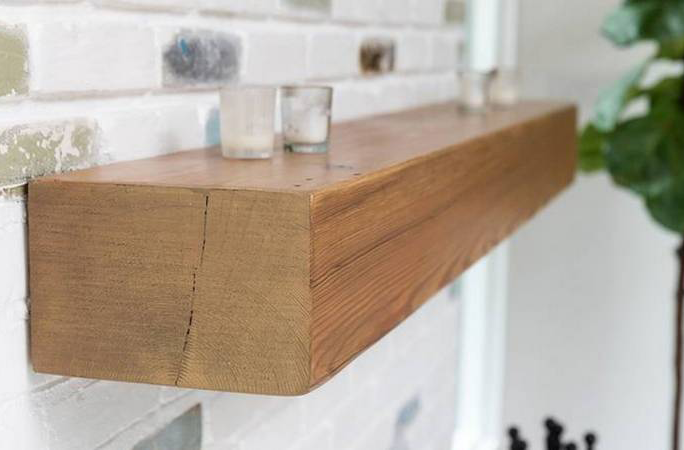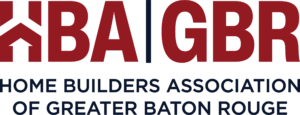The Mortgage Bankers Association’s (MBA) latest Weekly Application Survey shows that, for the week ending January 8, 2021, mortgage application activity increased by 16.7% from the prior week on a seasonally adjusted basis, as indicated by its Market Composite Index. One of its two constituent indexes, the Purchasing Index, increased by 8% from the previous week while the other, the… Read More ›
The real rent index was flat in December, after slight growth in October (+0.1%) and November (+0.2%) (Figure 1). The December reading means that rent inflation and the “core” Consumer Price Index (CPI) moved at the same pace, both increasing by about 0.1%. The annual growth rate of the real rent index was 0.2% in December. NAHB constructs a “real”… Read More ›
Real gross domestic product (GDP) increased in all 50 states and the District of Columbia, in the third quarter of 2020 compared to the previous quarter. The U.S. Bureau of Economic Analysis reported real GDP growth rates, measured on a seasonally adjusted annual rate basis, ranged from 52.2% in Nevada to 19.2% in the District of Columbia. Nationwide, real GDP growth… Read More ›









